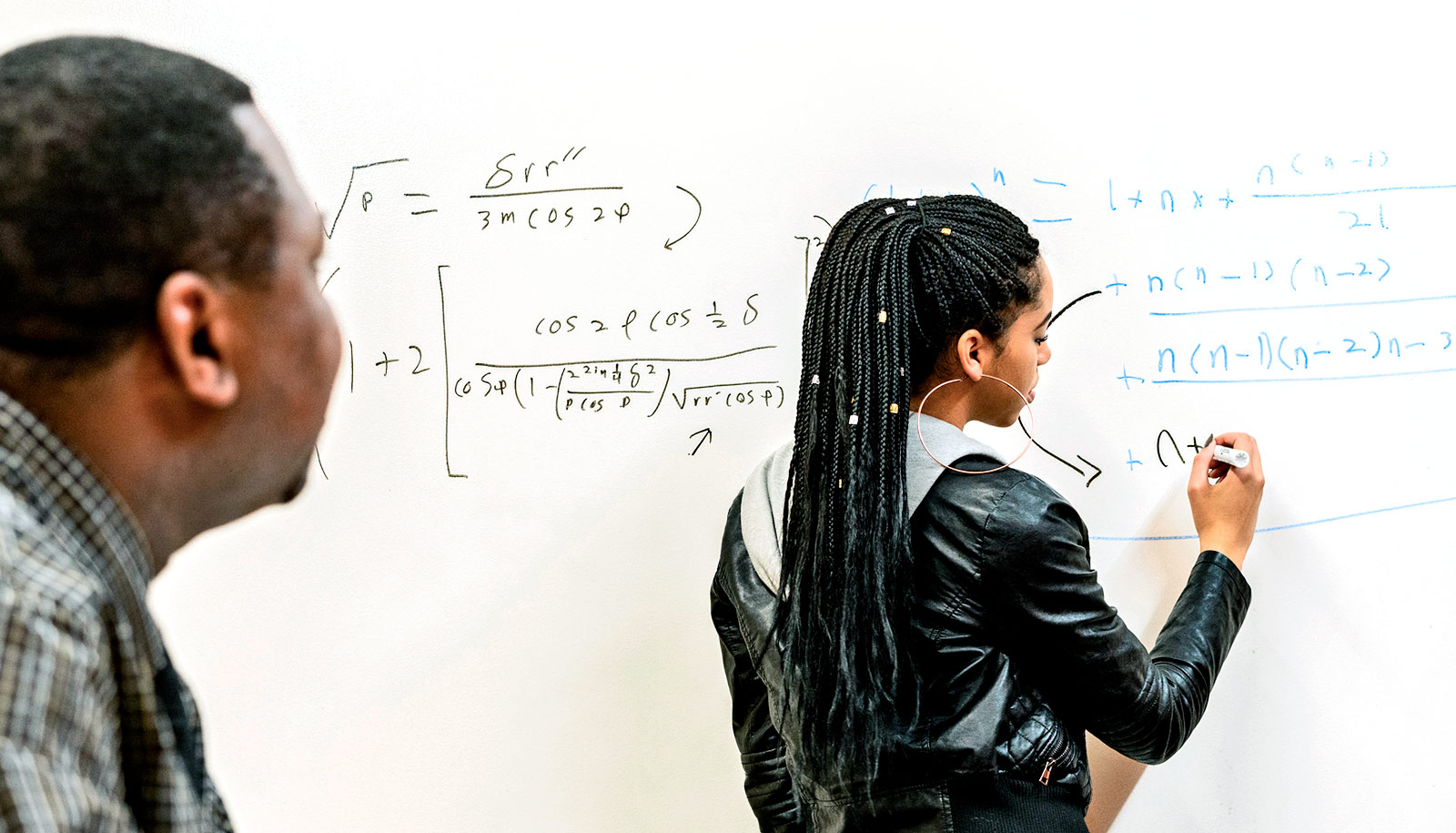When middle and high school teachers in science, technology, engineering, and mathematics pursue continuing development, their students benefit, particularly Black girls, according to a new study.
The researchers tracked the progress of mathematics teachers for six years following their participation in a continuing education program for inquiry-based teaching and then looked at the academic paths of the teachers’ former students.
The researchers found that students in the teachers’ classes were more likely to pursue a STEM major in college than their peers in other teachers’ classes, and Black female students were nearly twice as likely to do so.
The study in the Journal of STEM Outreach tracked participants in Rice University’s Applied Mathematics Program (aka AMP!), and gathered convincing evidence that teachers who receive extra training in inquiry-based learning have the most dramatic impact on their students.
The outcome for Black female students was a surprise, says lead author Carolyn Nichol, associate research professor of chemistry and director of Rice’s Office of STEM Engagement, but the data showed all students in classes taught by AMP! graduates benefited to some degree from their dedication to inquiry-based teaching.
The study drew its data from the University of Houston Educational Research Center, which gives access to data from the Texas Education Agency, the Texas Higher Education Coordinating Board, and the Texas Workforce Commission.
“Texas is one of the few states that has this kind of database that’s accessible to researchers,” Nichol says, noting that the database simplified the task of matching AMP! participants to their students’ subsequent college choices.
“The program has been in existence long enough that the students of eighth-grade teachers in 2014 are now in college,” she says. “We wondered if having all this information available would let us see the impact of the program.”
The study showed that in general, students of AMP!-trained teachers were 5.3% more likely to pursue STEM majors in college than their peers. The effect was more pronounced for female students, at 5.5%. Asian students with AMP! teachers were 6% more likely to pursue STEM majors. Black students were at 6.6%, white students at 5.2%, and Hispanic students at 4%.
The researchers found Black female students of AMP! teachers were 7.2% more likely to major in STEM in college, nearly double the percentage of Black female students of non-AMP! teachers.
Nichol credits inquiry-based learning, which provides context for students that straightforward lectures often do not.
“It’s about exploring science and math through real phenomena and asking a lot of questions,” she says. “That emulates what we might do in a lab.
“An important part is ensuring teachers don’t go into the classroom and just start talking about things in a language that seems foreign to students,” Nichol says, noting that math and science teachers are purposely paired in the yearlong AMP! to help them contextualize their teaching across both disciplines.
The researchers also suspect, but did not conclude, that having many Black female teachers take part in AMP! significantly contributes to the number of Black female students who choose STEM majors in college.
“There are a lot of studies that show role models matter,” Nichol says.
ConocoPhillips supported the research.
Source: Rice University



